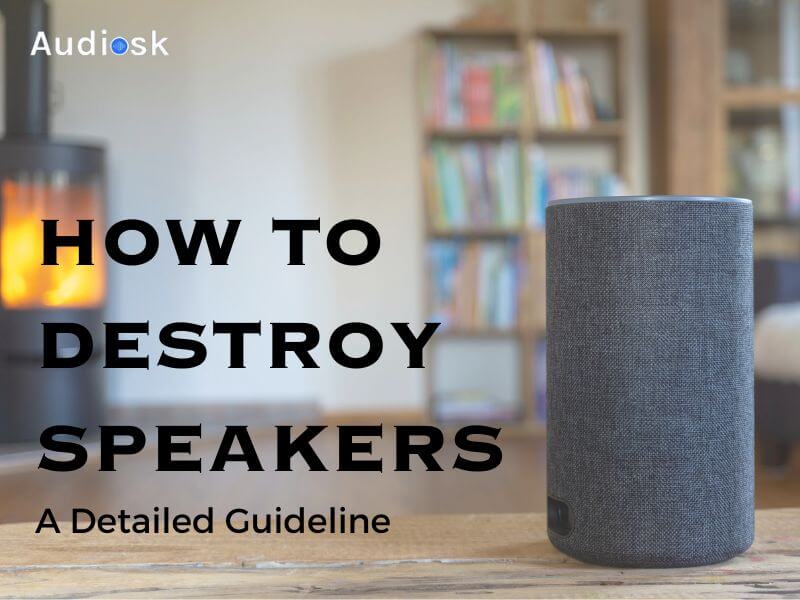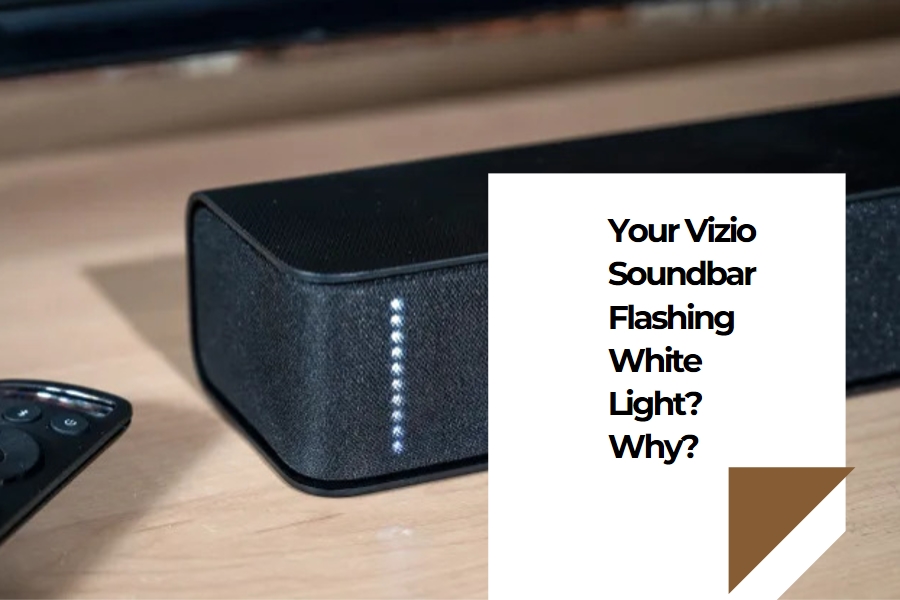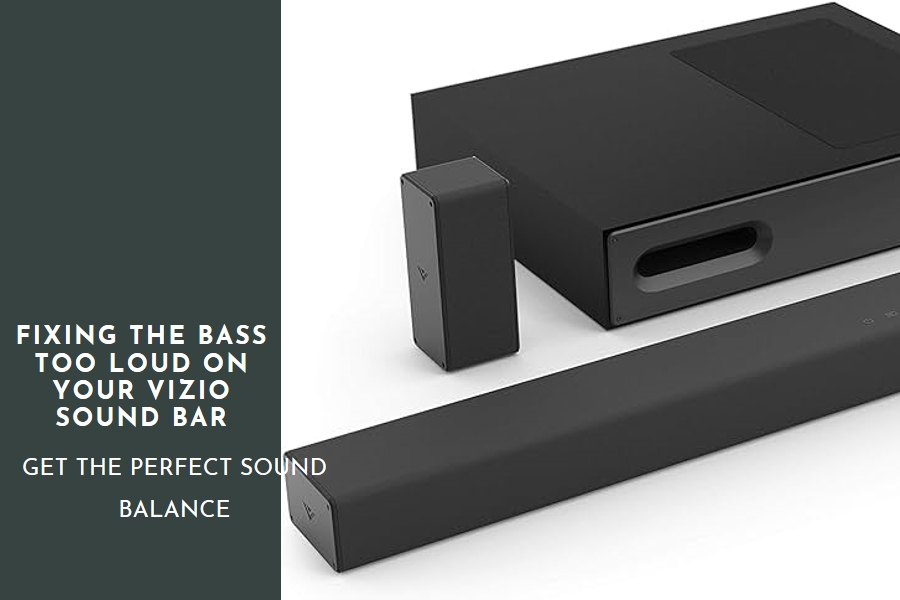As music or movie enthusiasts at audiosk, we understand the investment involved in equipping our living rooms with top-notch home theater systems. For those new to high-end home theater setups, the role of the subwoofer quickly becomes apparent, especially in contrast to midrange surround sound speakers.
In this article, we will explain that can you put a subwoofer in a cabinet? Let’s go.
Is Subwoofer Speaker Placement Important?
The location of the subwoofer plays a significant role in ensuring high quality as well as strong sound effects anywhere. It goes beyond the deep, resonating bass that brings more depth and volume into your musical or movie audio, contributing to the acoustic quality in the room.
The way sound waves in a room move around the room are strongly influenced by the location of a subwoofer, and this is based on our vast experience in it. This interplay may change how sound waves act, thereby affecting your audio performance.
For example, putting your subwoofer in the corner of your home theater system can enhance the bass sounds.
Nevertheless, it means a non-uniform level of sound. Subwoofer placement understanding as well as optimization is necessary to get the best sound quality in any room condition.
Can You Put A Subwoofer In A Cabinet?
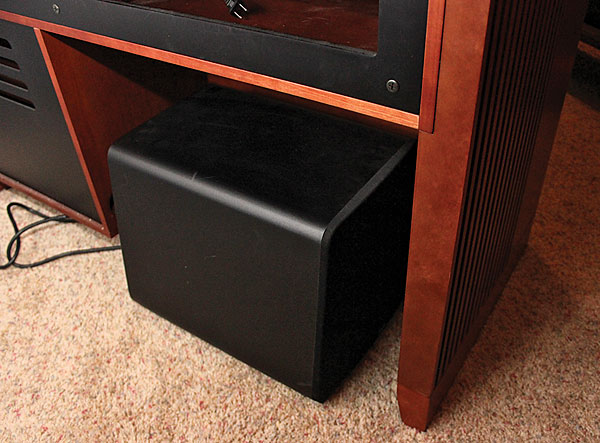
Yes, it is technically possible to install a subwoofer into a cabinet; It should be noted that this configuration is not ideal. We have in our experience had extremely few cases when we placed a subwoofer inside a cabinet has been successful.
However, this is usually not the case, and care must be taken into consideration to get the best sound experience. We recommend that you go around and check on all types of placements to find the best option for your audio setup.
To test a subwoofer with a multimeter before putting it in a cabinet, set the multimeter to ohm (Ω) and measure the impedance at the subwoofer’s terminals. This confirms the subwoofer’s condition and suitability for cabinet installation. Proper impedance levels ensure efficient performance without overheating or distortion in the confined space of a cabinet, optimizing your subwoofer’s functionality.
If you prefer keeping your subwoofer inside a cabinet, you should know that it usually will not deliver such high-quality sound as in listening rooms. We stress this point as it is of utmost importance according to our competency with quality of sound and system set-up.
When putting a subwoofer in a cabinet, considering the subwoofer phase setting, whether normal or reverse, is crucial for optimal sound quality.
Moreover, three important issues need to be properly looked after in order to have acceptable subwoofer performance within a cabinet. They include fixing rattles, damping out resonances, providing for the necessary airflow in the cabin.
Each of these constituent elements has a significant part in determining the performance and sound output that a subwoofer gives out to the surrounding environments.
What Factors To Consider When Putting A Subwoofer Inside A Cabinet?
As I have mentioned earlier, the simple matter of sticking a subwoofer inside a box. In this regard, one must take many things into consideration.
Airflow
The next important consideration here is the subwoofer airflow. Subwoofers are designed to generate big bass waves. To deliver maximum performance, the air must flow freely.
Consequently, the cabinet’s door needs to have enough free openings where they are putting a subwoofer. They should be several square inches wide or as large as the subwoofer driver. Consideration of this is paramount in ensuring that efficiency remains constant and there is the desired sound.
Knocking
Once you are done with this, ensure you switch your subwoofer ON and slowly increase volume as well as bass intensity. Pay attention and see whether the subwoofer or its cabinet rattle.
Rattling from the subwoofer or cabinet shows that there is a problem. When this happens, we recommend reviewing a setup. This may require moving the subwoofer or change to a different cabinet.
The continuous knocking or rattling is even more irritating to the listeners on top of that, such sounds can shorten the subwoofer and its enclosure durability. Sound has to be of high quality, and it has to be safe for the sound equipment.
Rattles And Resonances
One need to be very careful when considering what kind of cabinet to choose for your strong subwoofer when dealing with rattles and resonances. Not all cabinets are made for it. For instance, you should not place your subwoofer in a cabinet that is normally used for keeping household silverware or an expensive jewelry set.
Such cabinets are not built to accommodate the vibrational energy of a subwoofer. The outcome would likely be a sound experience marred by excessive rattles and vibrations.
In our professional opinion, selecting the right cabinet is crucial for ensuring a clean, undisturbed music experience
Type Of Cabinet
We advise you to consider a custom-made cabinet for optimal performance of your home subwoofer. Such cupboards have thin back panels that are as slim as -an eighth inch, they may produce unwanted vibrations and resonances. You should measure your subs to choose right the cabinet.
The best way of controlling these vibrations is by designing a cabinet in thicker wood like 5/8 to 3/4 inches. Screwing and gluing the cabinet tightly will help in minimizing vibration. More specifically, coating adhesive felt or some soft damping materials on the doors and shelves where they touch each other on the cabinet walls will also further cut vibration.
Adding mass is ideal if the cabinet is light in weight. The interior should be lined with mass-loaded vinyl or any rubbery kitchen shelf liner in order to strengthen the cabinet and reduce the vibrations that are caused.
The subsequent thing should be to decouple the subwoofer from the cabinet shelf in order to stop mechanical vibrations.
One such method is using specialized products such as Vib-X Vibration Isolation Pads, or replacing the subwoofer’s feet with a softer, absorbent material. Implementing these procedures will greatly improve the quality and life of your subwoofer system.
What Are The Pros And Cons Of Subwoofer Placement In The Cabine?
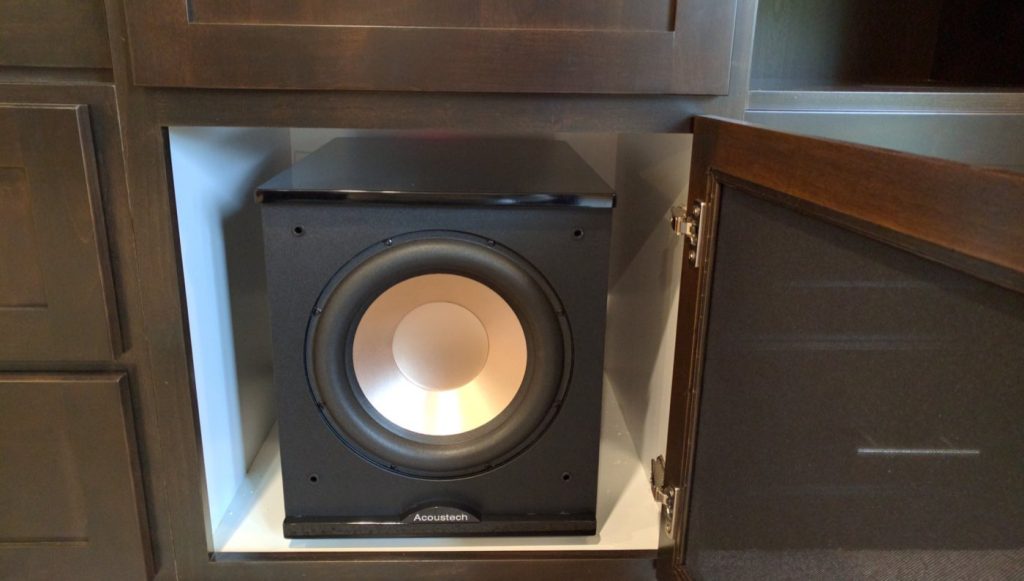
We tell you in a better way about this placement by stating the pros and cons. Here are some advantages you will enjoy when placing a sub in your cabinet:
- Space Efficiency: Takes less room space and keeps the place neat, very ideal for small spaced areas.
- Enhanced Aesthetics: Hides the wires in the subwoofer to match home decors into the box making it look smooth.
- Clutter Reduction: Hides the subwoofer, improves room decor and protection.
- Bass Enhancement: Bass is especially strong in some cabinets such as those made from hardwood.
- Sound Isolation: It mitigates the sound leakage and boosts the bass for best sound quality.
As for the cons of placing the subwoofer inside a cabinet, let’s explore them now. All these are the reasons why I’m not supportive of this entire idea of this position.
- Sound Quality Impact: Sound waves being reflected inside the cabinet can lead to “muddy audio” and other types of distortion.
- Bass Response Variability: Unpredictable bass results from phase cancellation and material effects on confined space.
- Heat Buildup: Rising subwoofer temperatures result from inadequate airflow in cabinets and can even lead to destruction coupled with bad sound output.
- Speaker Performance: The cabinet materials could help in dampening vibrations hence affect the clarity of bass.
- Audio Distortion: Echoes as well as cabinet resonances might change the intended sound signature.
- Cabinet Rattling: The cabinet may suffer from noise and damage due to the intense subwoofer vibrations.
How To Put A Subwoofer In The Cabinet?
With our many years of experience, you just need to follow the steps below to put a subwoofer in the cabinet.
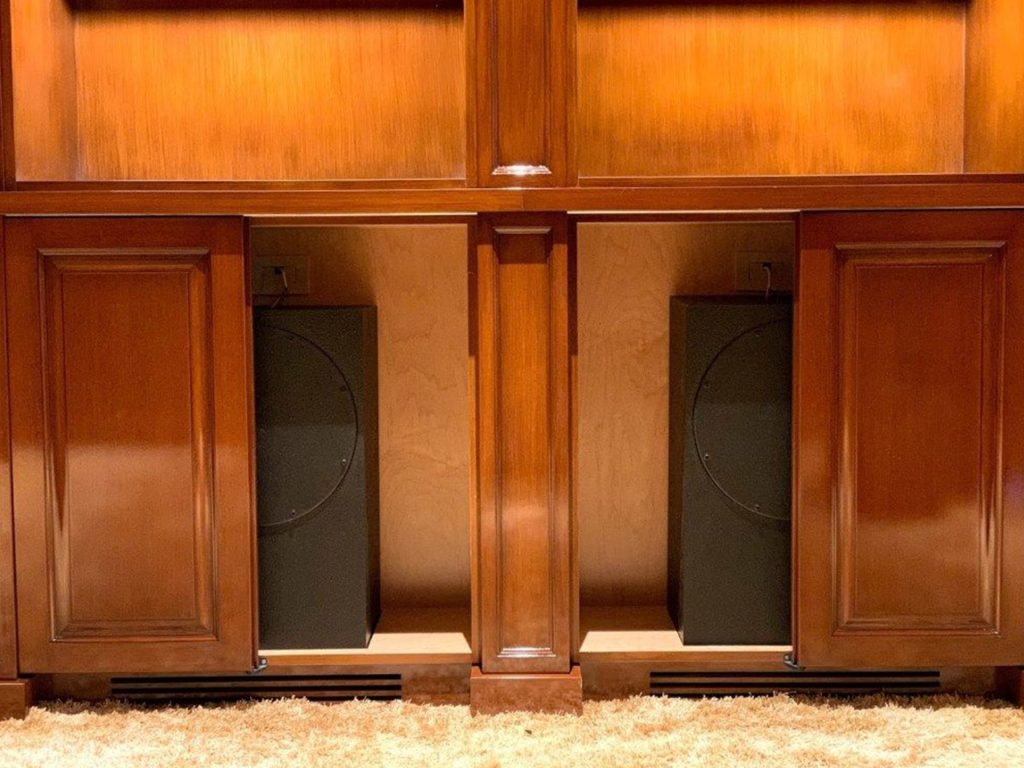
Step 1: Measure The Dimensions
Start by determining the size of your subwoofer. Ensure you measure it well. Avoid mistakes by using for example a ruler or a tape measure. Thereafter, construct or purchase a good box for it to fit in well.
Step 2: Box Customization
When you have chosen a suitable box, modify it to meet your requirements. Ensure you create a large hole for inserting the subwoofer. Also, cut few more holes for the wires and to allow the air in and out.
Step 3: Insert A Subwoofer In It
Then, gently position your subwoofer inside the box. Ensure that the spider’s part of the subwoofer faces outward.
Step 4: Screwing And Wiring
Firmly screw the subwoofer now. Ensure that it’s not loose. If its loose, it may rattle, shake, or clatter. After that, pass the wires through the holes and connect them to the amplifier or the electric circuit.
Step 5: Test it
After you have set it up, try it. Switch on the subwoofer and enjoy the sound. It should be audible and clear without any distortions. If it does not feel correct, then you can adjust the subwoofer’s position until you get it right.
Tips: The following are some of important guidelines to help you attain optimum performance out of your cabinet subwoofer setup.
- Cabinet choice: Select a large sparse cabinet using MDF or dense material for minimal vibration and the air flow for the subwoofer cooling system.
- Cabinet placement: Place it in the center and not against the wall or corner so that all sides have equal bass. Do not place anything in front of the subwoofer to allow free passage of sound waves.
- Subwoofer setup: Make sure that you place the subwoofer in the middle of the cabinet without any obstructions.
Where Should I Place My Subwoofer?
The speaker could also be placed in some other positions discussed below for you to get the best sound.
Front Of The Room
Put your subwoofers at the front of the room, right near your home entertainment system, for convenience. This helps to maintain the tidiness of the area and avoids the use of long cables.
Corners And Walls
One way to increase the sound output is to place the wireless subwoofer in a corner. It should also be within a reasonable distance from where you normally listen to music. Centering it on the wall will improve bass response but not too close to the wall to avoid rumbling.
Sub Crawl
The ‘sub crawl’ will help you locate the best spot. Keep the subwoofer on the couch, play music with deep bass, and crawl throughout the room. In which the bass sound is at its best lies the best position. Maintain your head close to the ground to get a correct measurement.
Besides, if you want to fix subwoofer distortion in a cabinet, make sure there’s enough space around the subwoofer for air circulation. Adjust the bass level and crossover frequency settings to suit the cabinet’s acoustics. Adding padding or acoustic foam inside the cabinet can also help absorb sound and reduce distortion. These steps can enhance your subwoofer’s performance, ensuring clear and powerful bass even when placed in a confined space.
Conclusion
At audiosk, We can also agree on certain issues when it comes to subs and cabinets. The first point is that a subwoofer may not be the best choice where aesthetics are concerned. Hiding it not only clears it up in the living-room but also keeps it out of sight.
In addition, your cabinet should be altered to avoid rattling and resonance produced by the subwoofer’s vibrations. This guarantees a neat and unrestricted sound outlet
Lastly, it’s important to allow sufficient airflow in the cabinet. This helps in dispersing the subwoofer’s bass tones evenly throughout the room, ensuring they are not confined or muffled.



